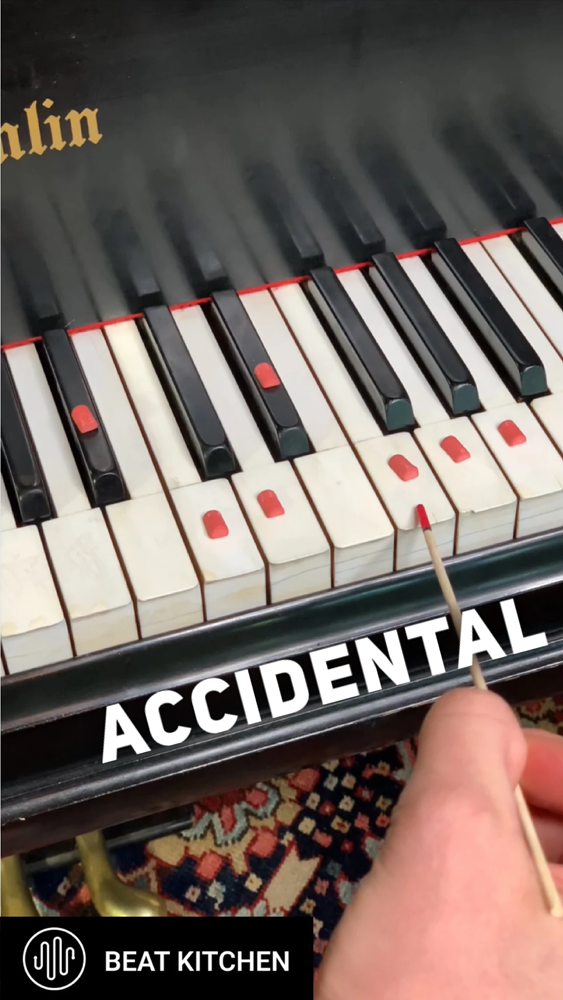Is there a difference between a B flat and an A sharp? Yeah. What we’re talking about is called accidentals. Accidentals, don’t just refer to the black notes on the piano. And accidental is any note that falls outside of the scale for a given key in a scale. Every letter note gets represented once and only once in the key of C that happens to fall on all the white notes, one C, one D, one E, et cetera.
If you’re wondering why we don’t start on a, it’s a good question, and we actually kind of do. Starting on a lands us in the Aeolian mode. And a thousand years ago when music notation was developed, that was where all the bangers were written. But when we play in other keys, we don’t litter the page with sharps and flats.
We stick them all in the key signature so we can see right away if a note has been altered. Take the key of D just like every other key. Each note is represented once. D e F sharp, G a b c sharp. A de augmented cord has a raised fifth, so that’s not a B flat. It’s an A sharp. Naming that note correctly helps us understand its function and talk about accidental.
A sharp is not a key. You see a lot, at least not on purpose. We usually call it B flat. Giving every letter A. Home in the key of B flat is easy. B flat, C, D, E, flat, F, G A. Doing the same thing in a sharp leaves you with a sharp. B sharp. Who does that? That’s A C. C. Double sharp. D sharp. E sharp. That’s an F. F.
Double sharp. G. Double sharp. Oof. Which do you prefer?

